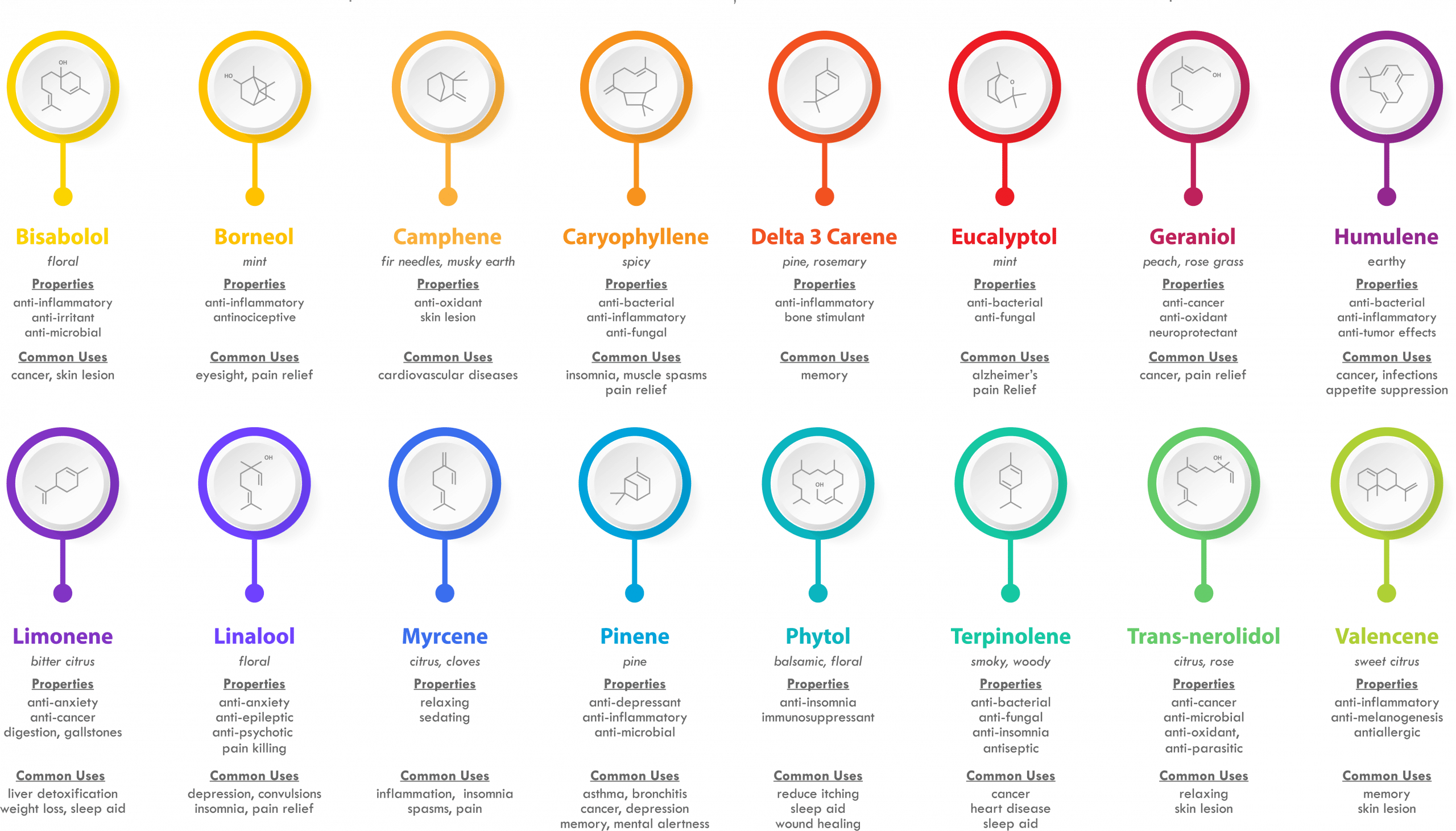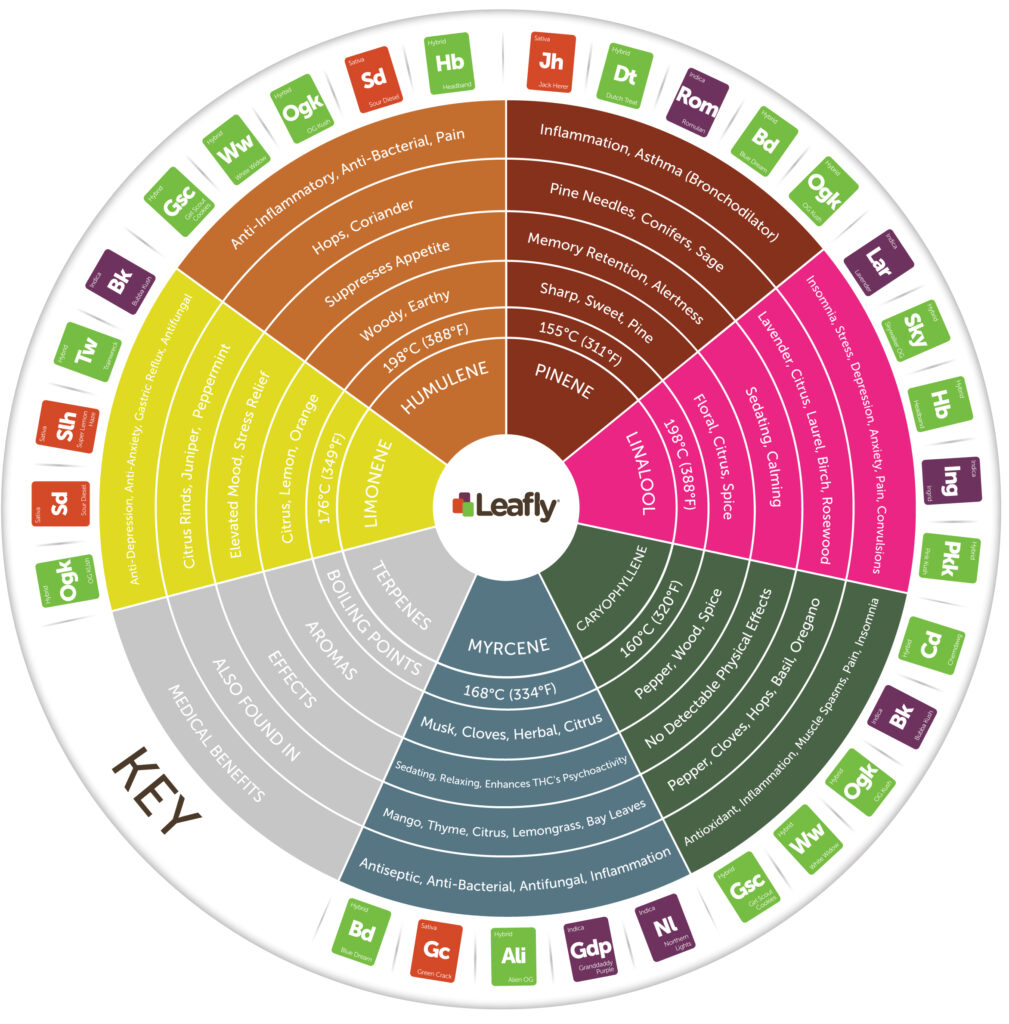TLDR: The common distinction between Indica and Sativa as relaxation vs. energy strains is oversimplified. Modern cannabis strains are hybrids with significant genetic overlap, and their effects are determined by terpenes and cannabinoids rather than outdated labels. Individual responses depend on unique endocannabinoid systems, making terpene profiles and personalized experimentation more reliable guides for cannabis use than traditional classifications.
Historical Origins:
- Indica and Sativa distinctions originated in the 18th century, based on physical traits and geographic regions.
- Today, most strains are hybrids, rendering these labels less meaningful for predicting effects.
Role of Terpenes and Cannabinoids:
- Terpenes (e.g., myrcene, limonene) influence effects alongside cannabinoids (e.g., THC, CBD).
- The “entourage effect” describes how these compounds work together to shape the cannabis experience.
Scientific Misclassification:
- Genetic studies reveal significant overlap between strains labeled Indica and Sativa.
- Effects are better predicted by chemical composition than outdated labels.
Individual Variation:
- Responses vary based on the user’s unique endocannabinoid system (ECS).
- The same strain may produce different effects in different individuals.

Let’s talk about cannabis—or more specifically, the two words you’ve probably heard countless times: Indica and Sativa. You walk into a dispensary, and these words practically shout at you from labels: “Sativa for energy!” “Indica for relaxation!” But… is that actually true? Or is the divide between these two categories just a convenient myth we keep perpetuating?
To answer this, we’re going to dive deep into history, plant biology, and terpenes, to uncover whether these distinctions mean what you think they mean, or if they’ve been misleading us all along.
A Tale of Two Plants
The story begins in the 18th century. Swedish botanist Carl Linnaeus classified all cannabis plants under the species Cannabis sativa in 1753. He described them as tall, slender plants with narrow leaves, commonly found in Europe and western Eurasia, cultivated mainly for their fiber and seeds.
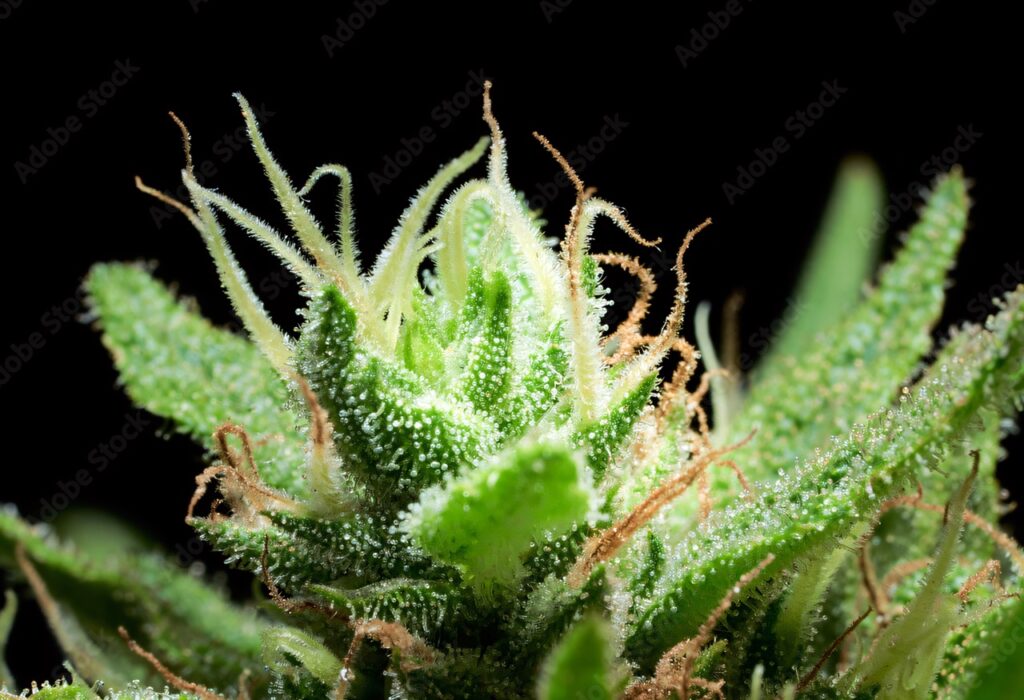
But in 1785, French biologist Jean-Baptiste Lamarck identified a different variety. Shorter, bushier, with broader leaves, these plants originated from India and were rich in psychoactive compounds. He named this species Cannabis indica.
At the time, the distinction made sense. The two species had different physical characteristics and grew in different regions. But as humans do, we began to mix things up.
The Great Hybridization
Fast forward to the 20th century. With globalization and the rise of cannabis cultivation, breeders started crossing Indica and Sativa plants to create hybrids with specific traits—higher potency, unique flavors, shorter growth cycles. Today, pure Indica or Sativa strains are rare. Most cannabis on the market is a hybrid, a genetic tapestry woven from both lineages.

But despite this genetic blending, the labels Indica and Sativa persisted, shifting from botanical descriptors to experiential promises:
- Indica: Relaxing / Sedative / Good for Nighttime
- Sativa: Energizing / Uplifting / Great for Creativity
These generalized effects became gospel among users and marketers alike. But is there a scientific basis for this?
Enter Terpenes: The Aromatic Architects
To understand the effects of cannabis, we need to look beyond cannabinoids like THC and CBD. Terpenes are the unsung heroes—or perhaps the misunderstood villains—of the cannabis world. They’re aromatic compounds found in many plants, responsible for their distinctive smells: the refreshing scent of pine forests, the zesty aroma of citrus peels, the calming fragrance of lavender fields.
In cannabis, terpenes don’t just contribute to aroma; they play a crucial role in modulating the plant’s effects through what’s known as the entourage effect. This is the synergy between cannabinoids and terpenes, where the whole is greater than the sum of its parts.
Meet the Terpene Team
Let’s explore some of the primary terpenes found in cannabis and how they influence our experience:
The Entourage Effect: It’s All About Teamwork
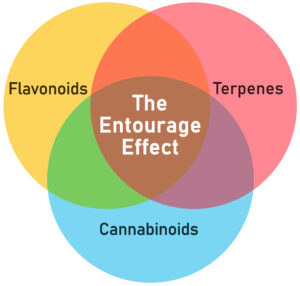 Imagine cannabinoids as musicians and terpenes as instruments. Alone, a cannabinoid like THC plays a solo tune. Add terpenes into the mix, and you have a symphony. The entourage effect suggests that the combination of cannabinoids and terpenes produces a more significant impact than any single compound could achieve alone.
Imagine cannabinoids as musicians and terpenes as instruments. Alone, a cannabinoid like THC plays a solo tune. Add terpenes into the mix, and you have a symphony. The entourage effect suggests that the combination of cannabinoids and terpenes produces a more significant impact than any single compound could achieve alone.
For example:
- Myrcene and THC: May enhance the sedative effects, leading to that “couch-lock” feeling.
- Limonene and CBD: Could amplify mood elevation and stress relief.
- Pinene and THC: Might counteract memory impairment, promoting alertness.
The Endocannabinoid System: Your Personal Cannabis Interpreter
Every human has an endocannabinoid system (ECS)—a network of receptors (CB1 and CB2) that interact with cannabinoids and terpenes. The ECS regulates various physiological processes like mood, appetite, pain sensation, and memory.
But here’s the twist: everyone’s ECS is unique, influenced by genetics, environment, and individual biochemistry. This means the same cannabis strain can affect people differently. One person’s tranquility might be another’s anxiety.
Indica vs. Sativa: A False Dichotomy?
The long-standing classification of cannabis into two primary categories—Indica and Sativa—has shaped consumer expectations for decades. Indica is often associated with relaxation, sedation, and a “body high,” while Sativa is linked to energy, creativity, and a “head high.”
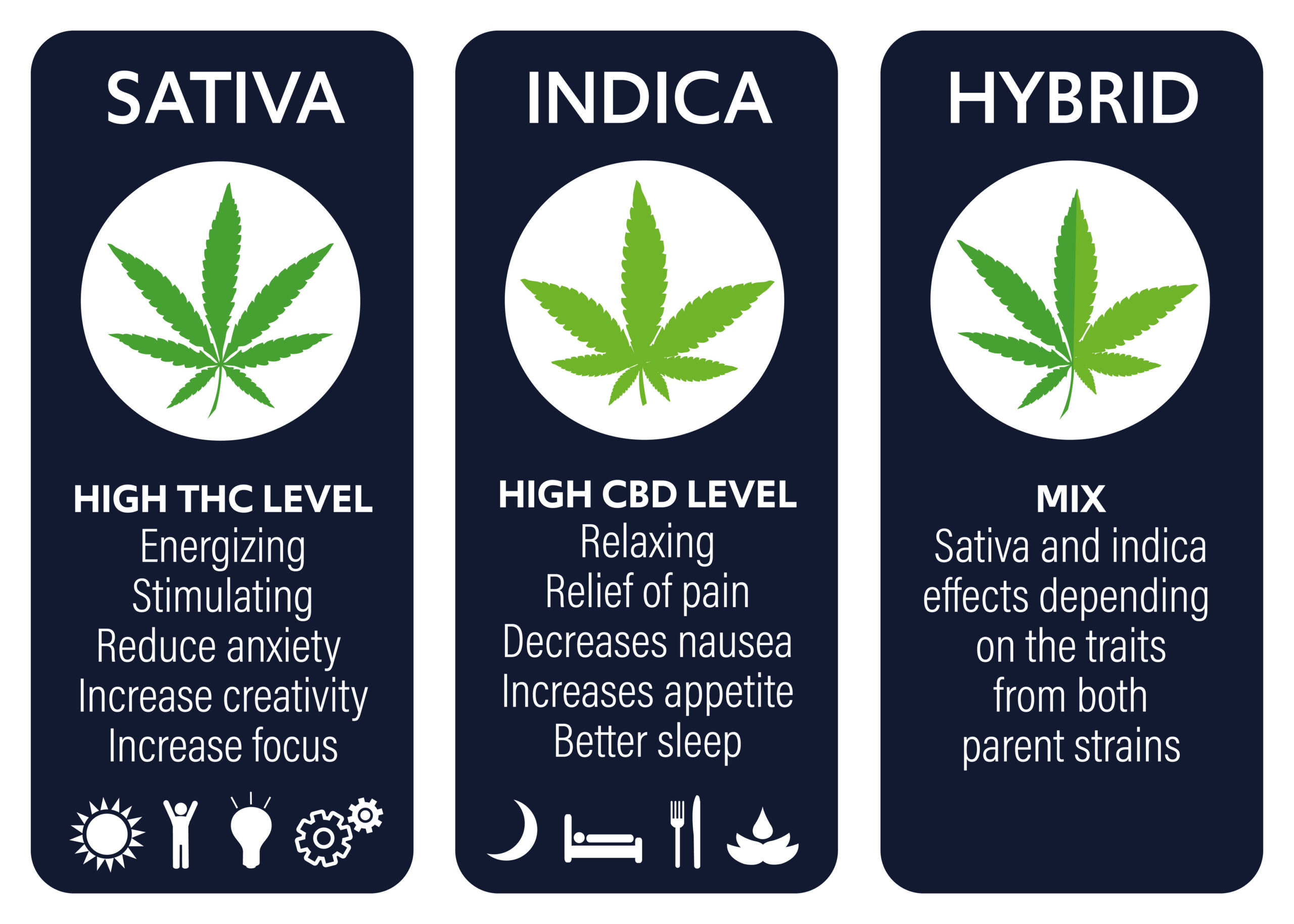 However, the reality of cannabis effects is far more nuanced. Recent research challenges the simplicity of this dichotomy, suggesting that the labels are less predictive of a strain’s effects than previously thought. Instead, the effects of cannabis arise from the complex interplay of terpenes, cannabinoids, and individual variations in the endocannabinoid system (ECS). This makes the traditional classification akin to navigating a technicolor world with a black-and-white map.
However, the reality of cannabis effects is far more nuanced. Recent research challenges the simplicity of this dichotomy, suggesting that the labels are less predictive of a strain’s effects than previously thought. Instead, the effects of cannabis arise from the complex interplay of terpenes, cannabinoids, and individual variations in the endocannabinoid system (ECS). This makes the traditional classification akin to navigating a technicolor world with a black-and-white map.
The Science Behind the Misclassification
A 2015 genetic analysis published in PLOS ONE revealed that the Indica and Sativa labels often fail to correspond to the plant’s actual genetic makeup. Researchers found substantial genetic overlap between strains labeled as Indica and those labeled as Sativa, leading to the conclusion that these labels are largely a result of marketing and commercial branding rather than scientific accuracy.
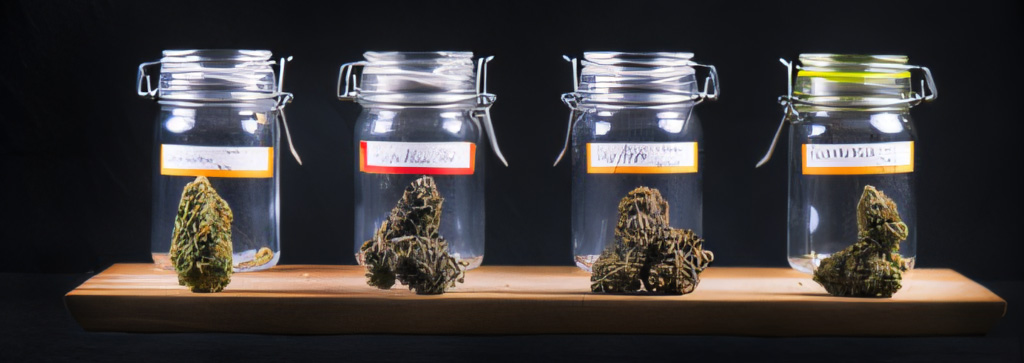
In addition to genetic evidence, chemical profiling further debunks the reliability of the Indica-Sativa dichotomy. Terpenes (the aromatic compounds that contribute to a strain’s smell and potentially its effects) and cannabinoids (such as THC and CBD) show significant overlap across strains marketed under either label. This means that a strain labeled “Indica” might share more chemical similarity with a “Sativa” strain than with another “Indica” strain.
The Historical Evolution: From Simplicity to Complexity
The Indica-Sativa distinction originated in the 18th century as a botanical tool for classification. Swedish botanist Carl Linnaeus first identified Cannabis sativa in 1753, describing it as a tall, narrow-leafed plant used for fiber and seed production in temperate regions. In 1785, French biologist Jean-Baptiste Lamarck differentiated Cannabis indica, noting its shorter stature, broader leaves, and psychoactive properties common in Indian and Middle Eastern varieties.
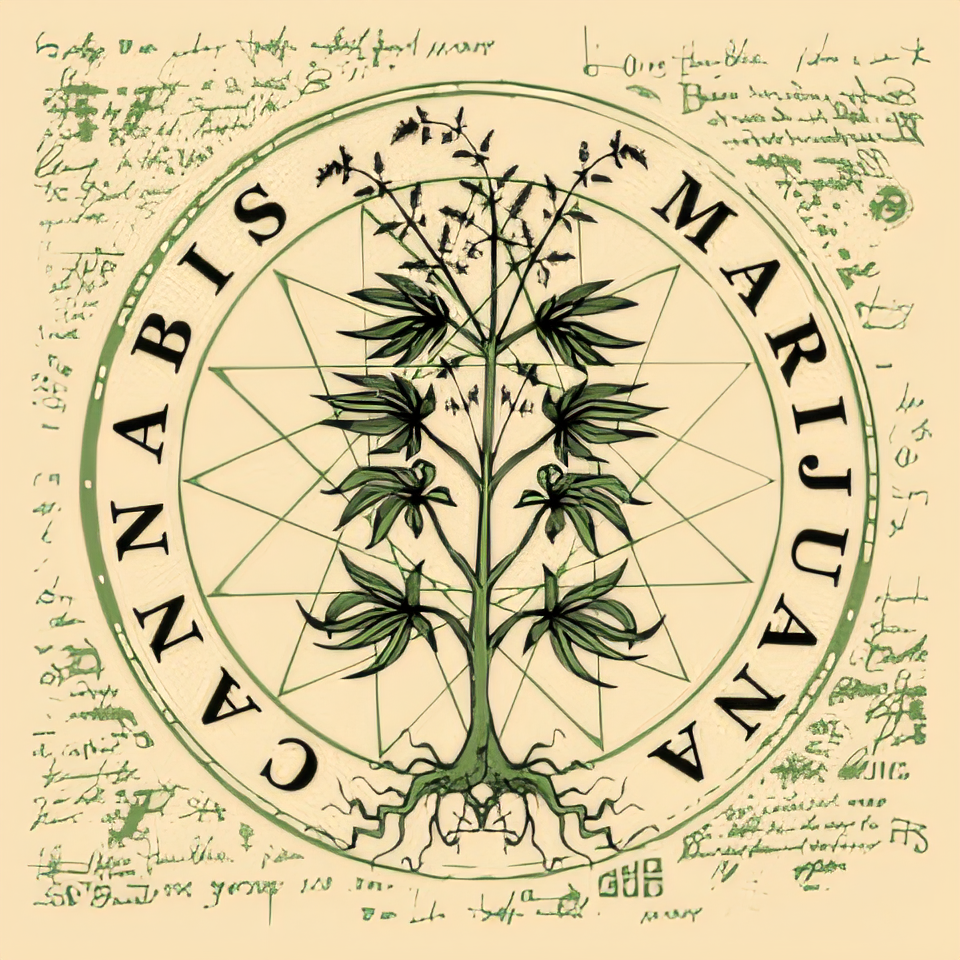
Initially rooted in geographic and physical traits, this classification served its purpose. However, centuries of global cultivation and crossbreeding have erased the genetic purity of these categories. Today’s cannabis strains are complex hybrids, making the historical Indica-Sativa framework largely irrelevant.

Modern research, such as a 2015 genetic study published in PLOS ONE, confirms this. The study revealed that commercial strains labeled Indica or Sativa often share overlapping genetics. Similarly, chemical profiling shows that terpene and cannabinoid content—not outdated labels—dictate a strain’s effects. The traditional dichotomy remains a marketing tool, while science moves toward more precise chemovar profiling.
Navigating the Modern Cannabis Landscape
So, if Indica and Sativa aren’t reliable indicators of a strain’s effects, what should consumers do?
- Look at the Terpene Profile: Many dispensaries provide lab reports detailing a strain’s terpene content. Use this information to guide your choices based on the effects associated with specific terpenes.
- Consider Cannabinoid Ratios: THC and CBD levels significantly influence a strain’s impact. Higher CBD can mitigate some of THC’s psychoactive effects.
- Experiment Cautiously: Start with small doses to gauge how a particular strain affects you. Remember, your ECS is unique.
- Educate Yourself: Dive deeper into cannabis science. Knowledge empowers you to make informed decisions.
The Future: Beyond Indica and Sativa
As our understanding of cannabis deepens, the industry is slowly shifting towards a more nuanced approach:
- Chemotype Classification: Categorizing strains based on their chemical composition rather than physical appearance or anecdotal effects.
- Personalized Cannabis Medicine: Leveraging technology and genetic testing to tailor cannabis products to individual needs.
- Standardization and Regulation: Implementing consistent testing and labeling practices to ensure consumers know what’s in their products.
Embracing the Complexity
The Indica vs. Sativa debate isn’t just about semantics; it’s about acknowledging the intricate biology of cannabis and how it interacts with our unique physiology. By focusing on terpenes, we step into a more informed and nuanced understanding of cannabis—a world where the plant’s effects are guided by a symphony of compounds working in harmony. Terpenes are not just about aromas or flavors; they are the architects of the experience, shaping how cannabinoids interact with your body and mind.

So, next time you’re faced with the choice between Indica and Sativa, pause and consider what truly matters. The answer isn’t black or white—it’s a dynamic spectrum of chemical profiles, aromas, flavors, and effects. This shift in perspective empowers you to go beyond outdated labels, exploring cannabis in a way that aligns with your specific needs and preferences. Embrace the complexity, study the terpene spectrum, and harness this knowledge to tailor your experience. Whether for relaxation, creativity, or therapeutic relief, understanding terpenes allows you to refine your choices and unlock cannabis’s full potential.
REFRENCES:
- Russo, E. B. (2011). Taming THC: Potential Cannabis Synergy and Phytocannabinoid-Terpenoid Entourage Effects. British Journal of Pharmacology, 163(7), 1344–1364.
- Sawler, J., et al. (2015). The Genetic Structure of Marijuana and Hemp. PLOS ONE, 10(8), e0133292.
- Lewis, M. A., et al. (2018). Higher Levels of Terpenoids in Cannabis sativa L. Essential Oils from Plants Grown at Low Humidity. Journal of the American Society for Horticultural Science, 143(6), 459–465.
- Booth, J. K., & Bohlmann, J. (2019). Terpenes in Cannabis sativa – From Plant Genome to Humans. Plant Science, 284, 67–72.
More from Drugs
Jungian Psychology and AA: The Psychology That Transformed Recovery
My introduction to Carl Jung came unexpectedly through the Big Book of Alcoholics Anonymous (AA). Reading that book opened a …









